South East Asian Camo is Bonkers
The start of a small series. Indonesia, Malaysia, Philippines, and Thailand.

I don’t know what goes on down there in South East Asia, but it makes for some interesting camouflage. This is another of my “Photo Essays” as actual deep information on most of these items is very hard to find.
INDONESIA.
Indonesia’s main fighting force has been equipped with a normal DPM variant since 1984. However you’ll notice the green is very bright.
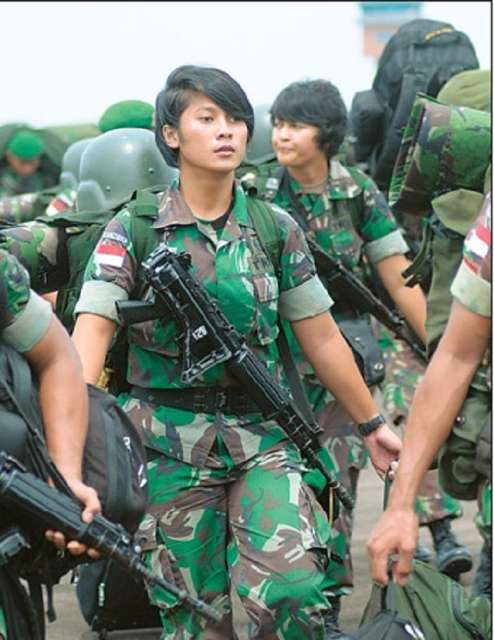
Between 1964 and 1986 the army was issued a camo called “Flowing Blood.”

This was resurrected for KOPASSUS (Army Special Forces) in 1995 but in a slightly varied design. This is currently worn for ceremonial & training purposes only.
A spot camouflage pattern, influenced by the WW2 era USA M1942 jungle camouflage, was introduced for service with the Korps Marinir (Marine Corps) and worn between 1983 and 1984. The pattern, known locally as Macan Tutul (leopard), is actually similar to that developed by the Dutch Army in the 1950s, although the spots are somewhat larger in size. This was recently (2011) re-adopted for use by some units of the Korps Marinir.

A brushstroke camouflage pattern, reminiscent of the British Denison pattern of WW2, was introduced for use by the KKO or Marine Commando Corps in 1965 and continued in service variously through the 1970s. It was later revived for use ceremonially and in training in the 1990s and continues to be worn today.
Introduced for wear by KOPASGAT in 1969 is the vertical stripe patterns seen here. This pattern saw service with the unit through the 1970s, was dropped in 1980 but again revived for service with KOPASGAT between 1983 and 1984. There are a million variations.
A geometrical camouflage pattern was introduced for the Air Force KOPASGAT (Komando Pasukan Gerak Cepat) special operations unit beginning in 1967. The unique pattern consists of jagged spots of reddish-brown, pinkish-brown, ocher and green on a sea-green background and was worn by this unit until around 1976. It has since been seen making a reappearance in recent years.
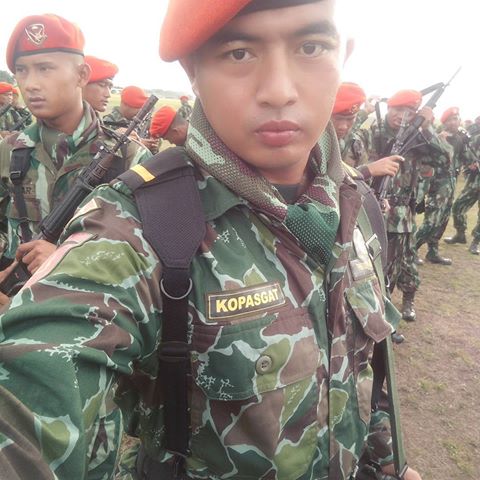


Here you can see the Geometrical pants and a Vertical Stripe Smock 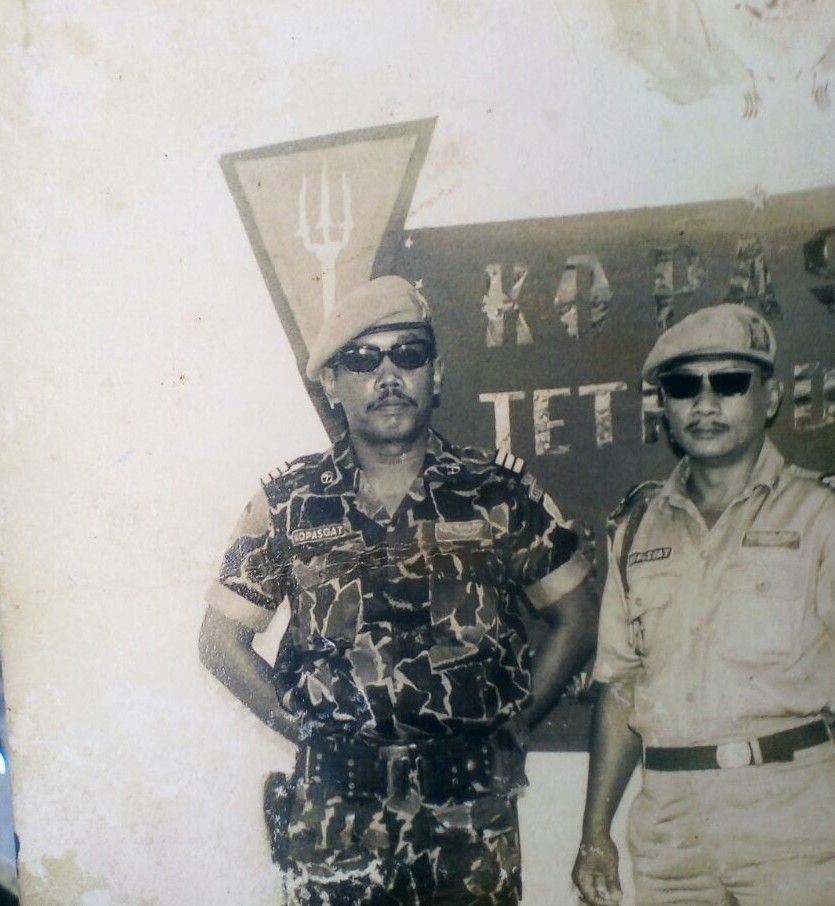
Circa 2012, plans were underway to replace the long-standing DPM pattern general issue camouflage with a pixelated digital version. It was trialed but seemingly never adopted.
*EDIT* Given new info from a source in Indonesia I have made an update. “Loreng NKRI “ or translated simply as United Republic of Indonesia Pattern. It is reportedly used as an “Office pattern” worn by some non field personnel. DPM is worn as a field/combat uniform.
It is also interesting that there is another version of this, Larger pattern but with the same color palettes. The ten graduating Raider Battalions in December 2003 were issued a pixelated version of the standard DPM camouflage pattern. A second print run of this pattern had the Raider logo embedded into the design. It was never re-issued.
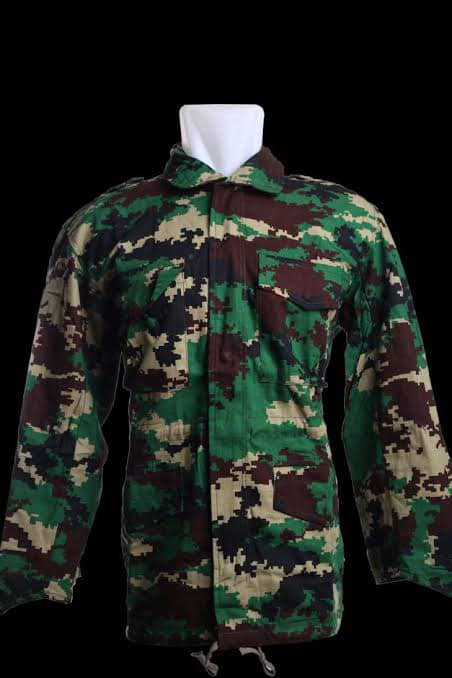
A version of the USMC Standard or “wine leaf” pattern was introduced for use by the Airborne elements of the Army’s KOSTRAD in 1975 and worn for several years. It appears the pattern was reintroduced during the 1990s for ceremonial purposes only, albeit in a darker color scheme.

This is a recent BRIMOB pattern I have not seen until recently. Photo captions say “PT Angkasa Pura airport security members being trained at the BRIMOB Education Center in Watu Kosek Gempol Pasuruan”
Around the middle of 2011, the Indonesian Navy adopted a new camouflage design for ship crews. The design is known locally as Doreng Layar, or “sailing camouflage.” It is interesting to note that the design incorporates the silhouette of a naval vessel into the pattern.
The National Police Resimen Pelopor (MENPOR) – A Special Operations/Ranger unit – was initially issued a vertical stripe camouflage pattern of their own in 1966. They still use it for ceremonial and training purposes.
At least one version of duck hunter was used by Brimob units during the 1990s. Several photographs exist showing members of Brimob wearing these patterns during a demonstration of hand-to-hand combat from that time period.
Circa 2010, the DPM camouflage pattern seen here has been issued to Indonesian military personnel serving in United Nations deployments, such as UNIFIL.
Since 2006, the Navy Komando Pasukan Katak or KOPASKA (Special Operations) have been wearing their own Digital camouflage design. A second version has also appeared, utilizing lighter colors as shown below.
Indonesian Civilian Organizations and Political Parties
The Indonesian national scouting organization is known as the Gerakan Pramuka (Pramuka is from praja muda karana, meaning “young people willing to work”). They wear a unique camouflage pattern incorporating the coconut bud into the design, this being the symbol of this organization.
Baladhika Karya red/black stripe pattern. Multiple variations are seen. Some with Green stripes.
This is Permuda Pancasila. They are basically an anti-communist death squad.
Angkatan Muda Pembaharuan Political Party
Angkatan Muda Partai Golkar (AMPG) Yellow-Green Puke Pools. There is also a new pattern I haven’t seen before.
Forum Komunikasi Putra-Putri Purnawirawan (FKPPI) – current Pattern
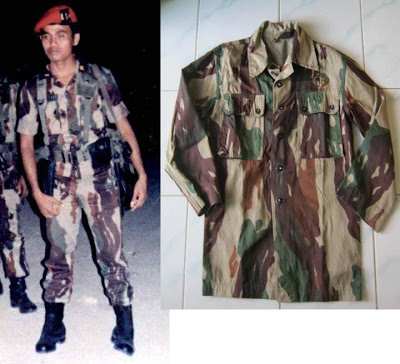
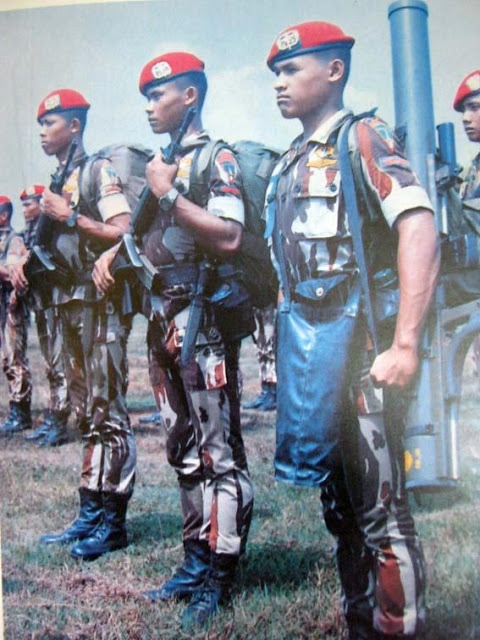



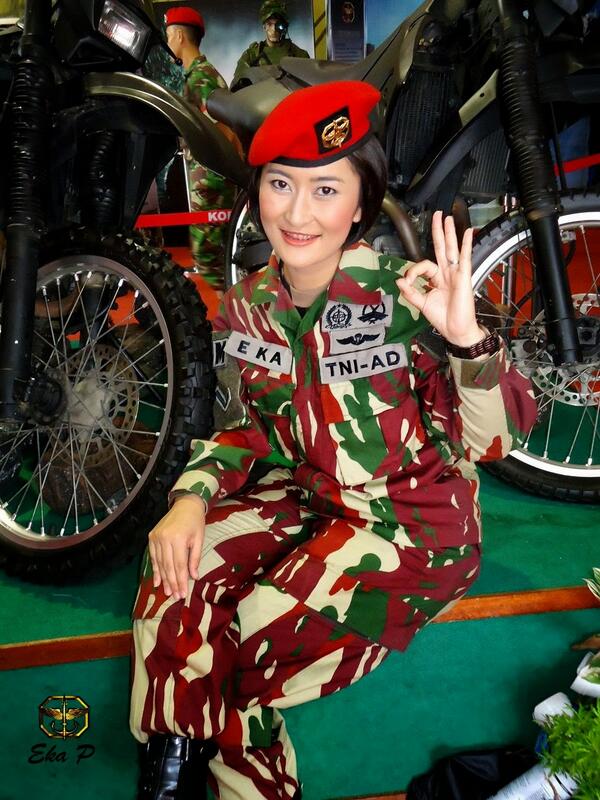
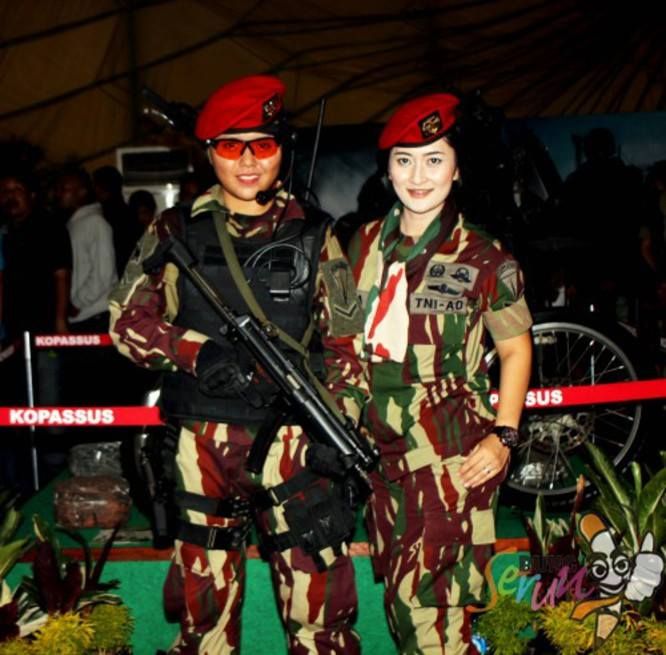


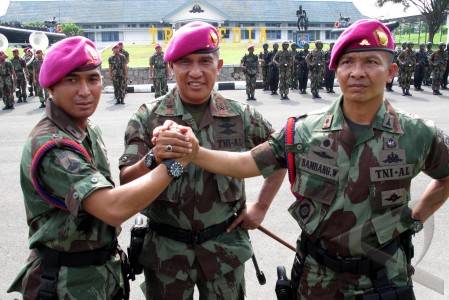
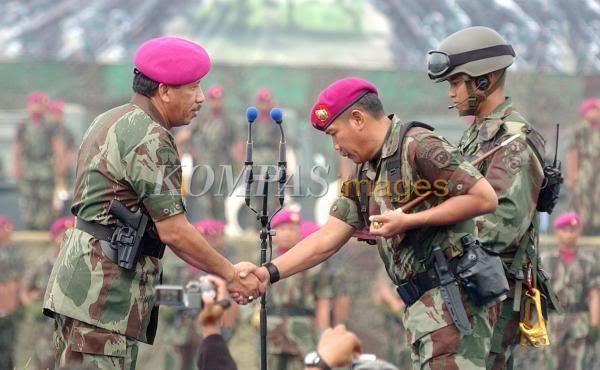






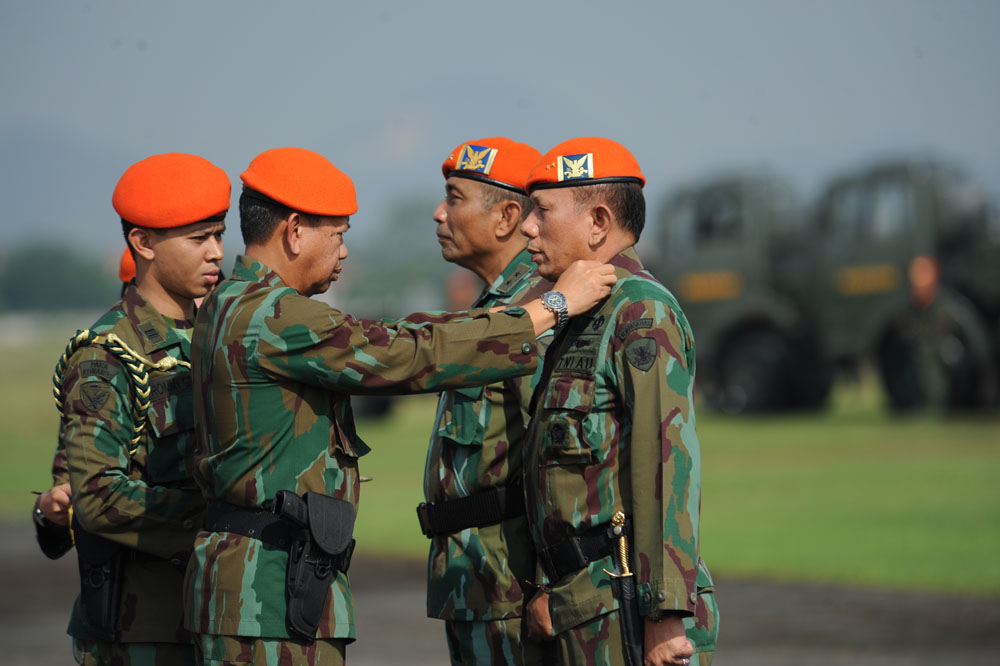


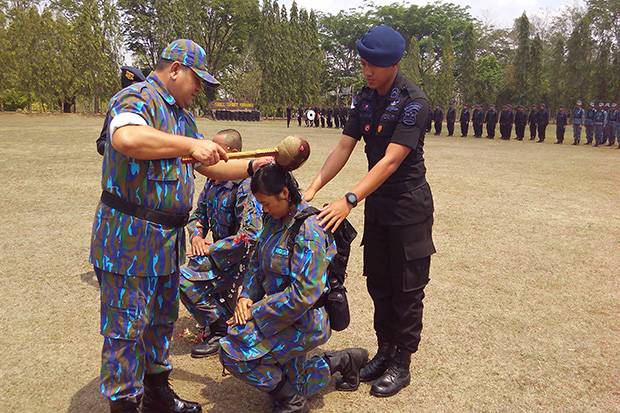
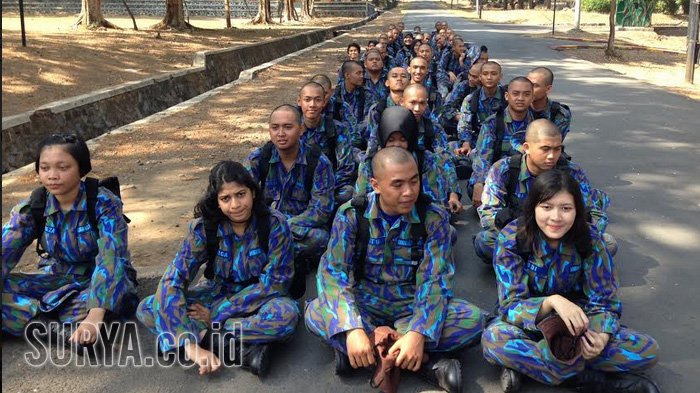
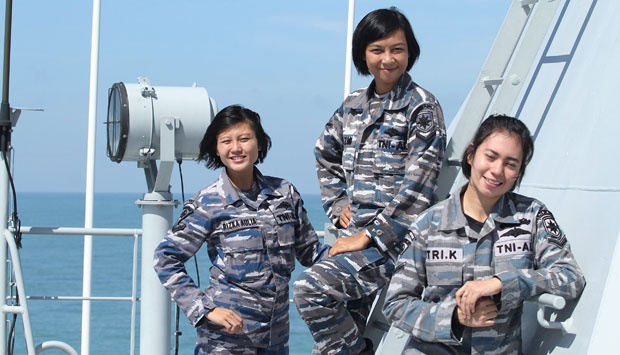
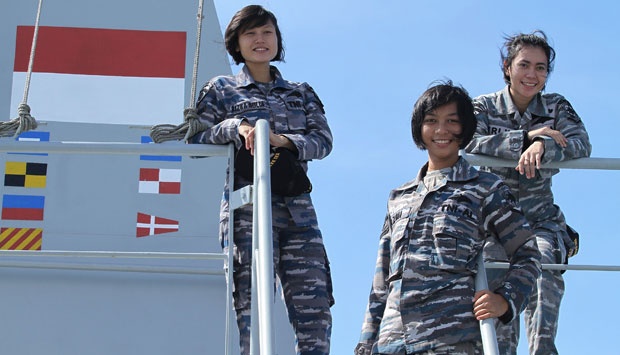

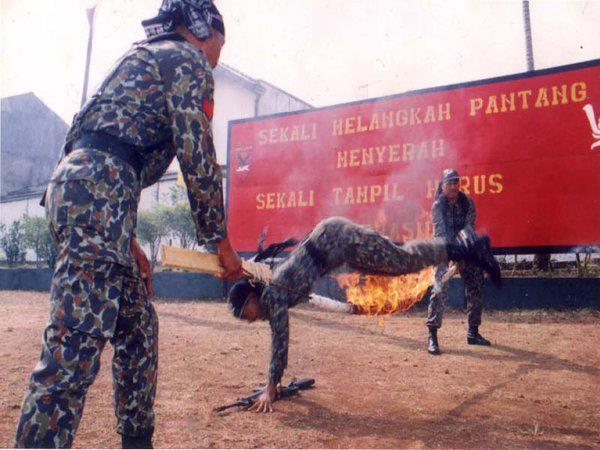


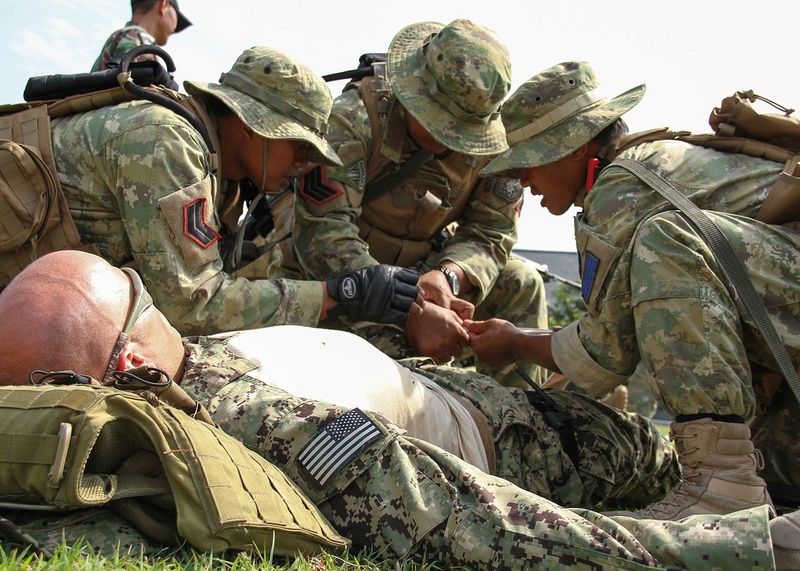

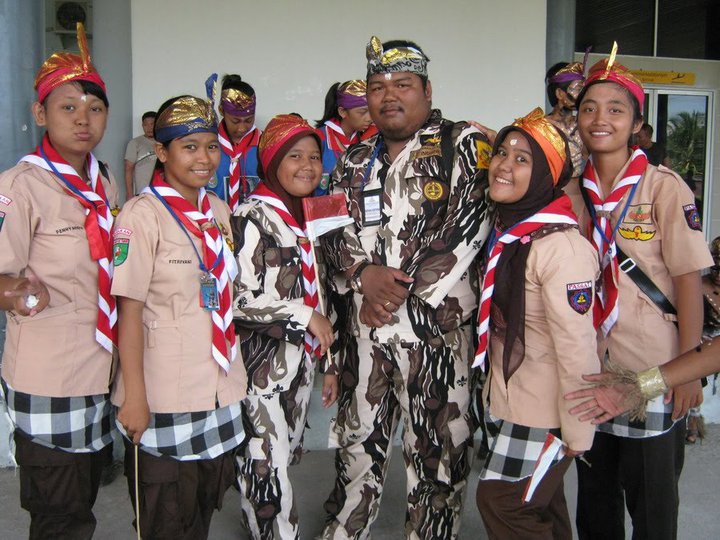
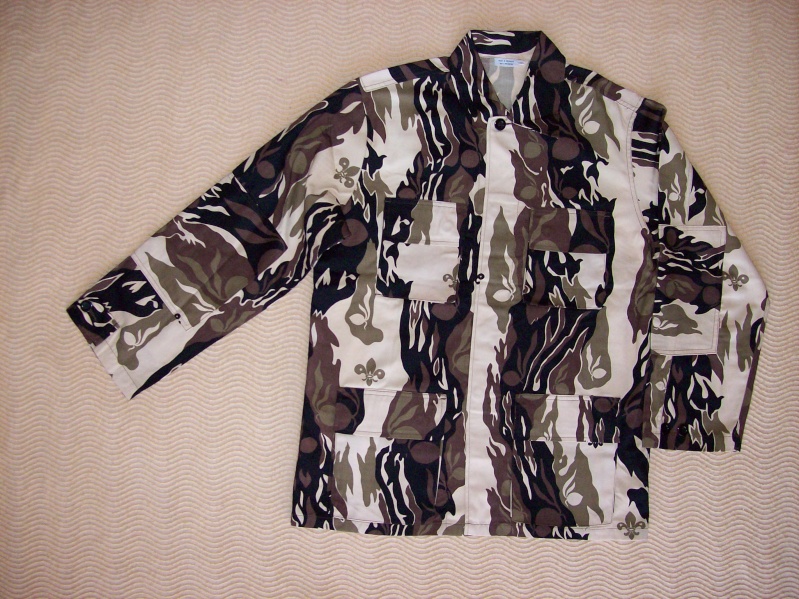
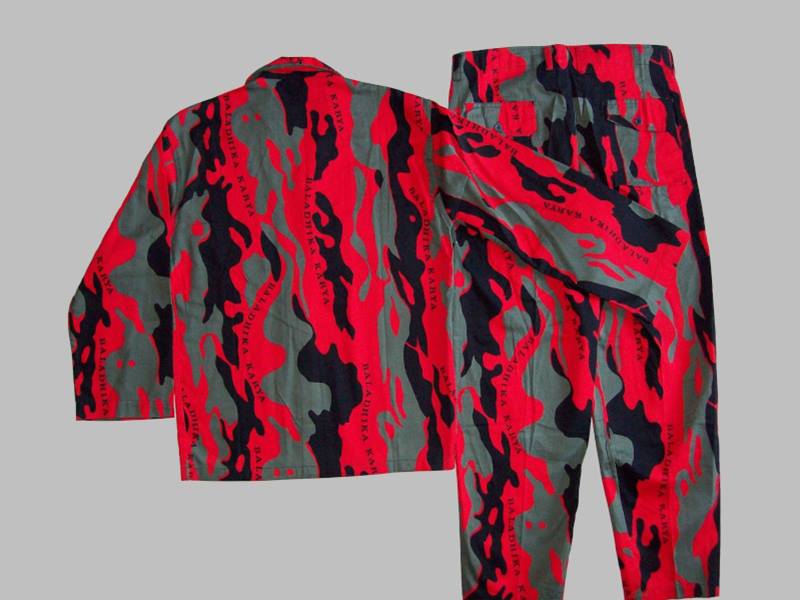
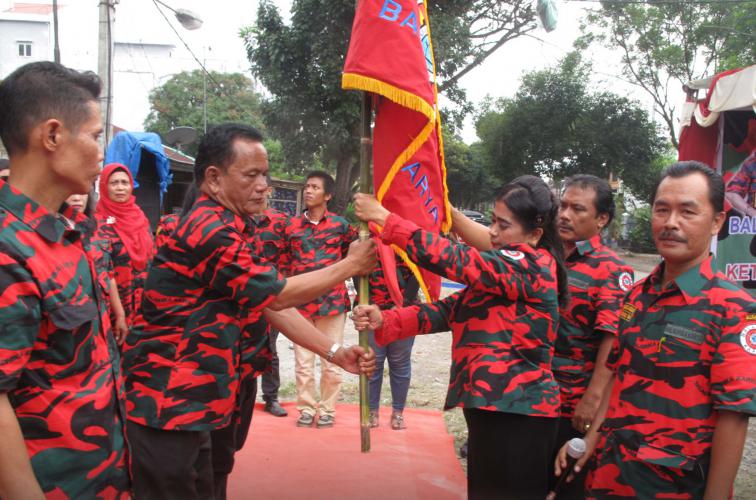
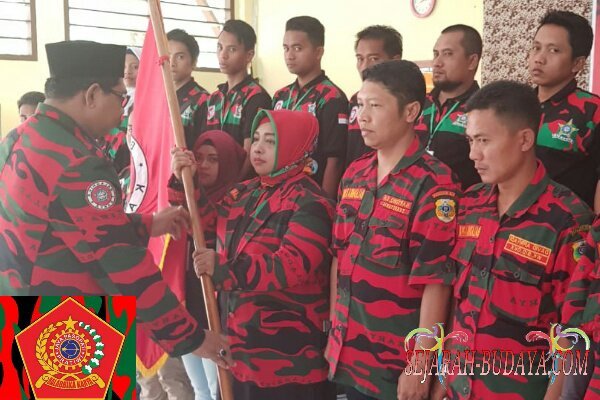


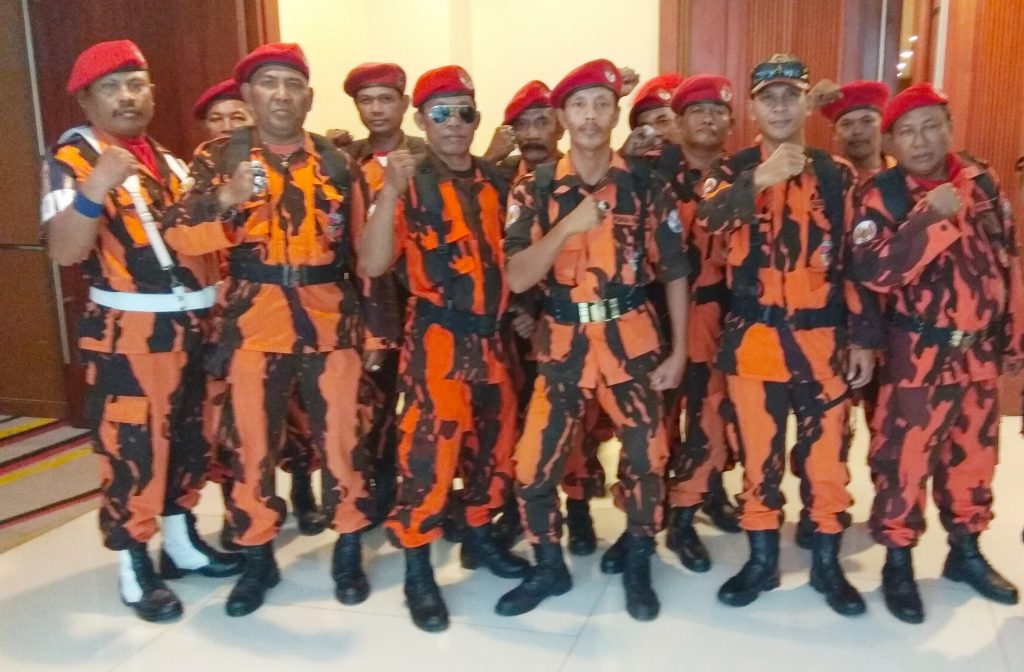
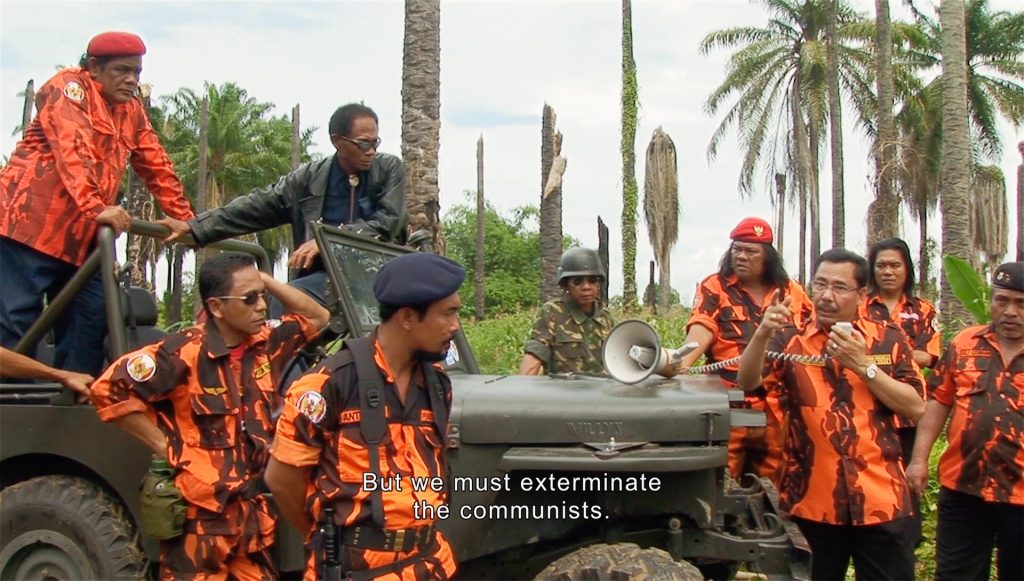

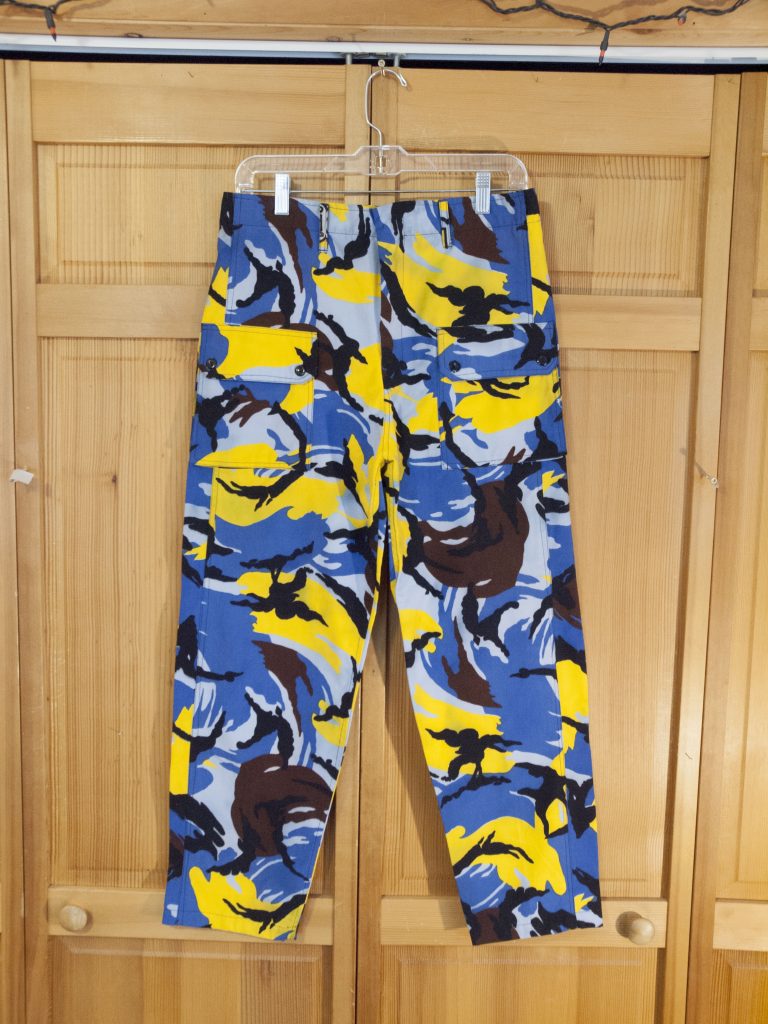
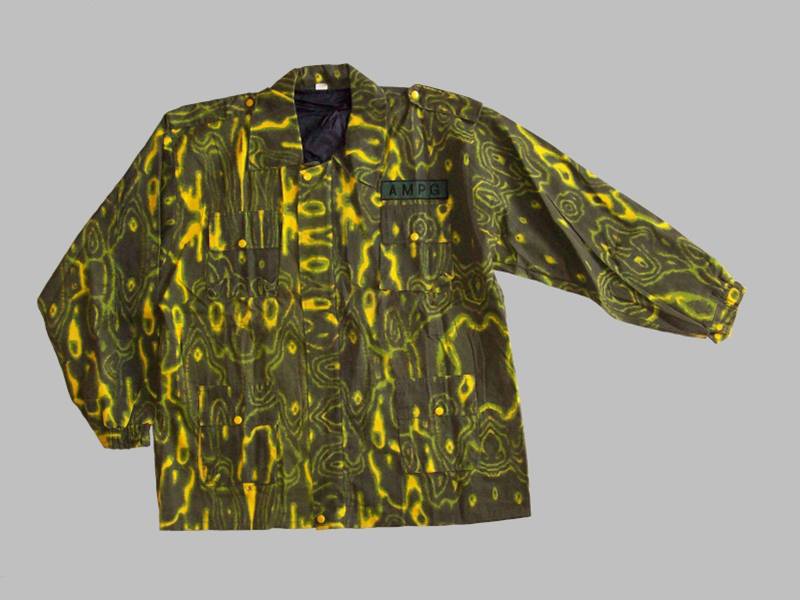







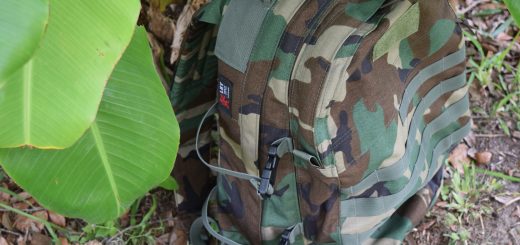
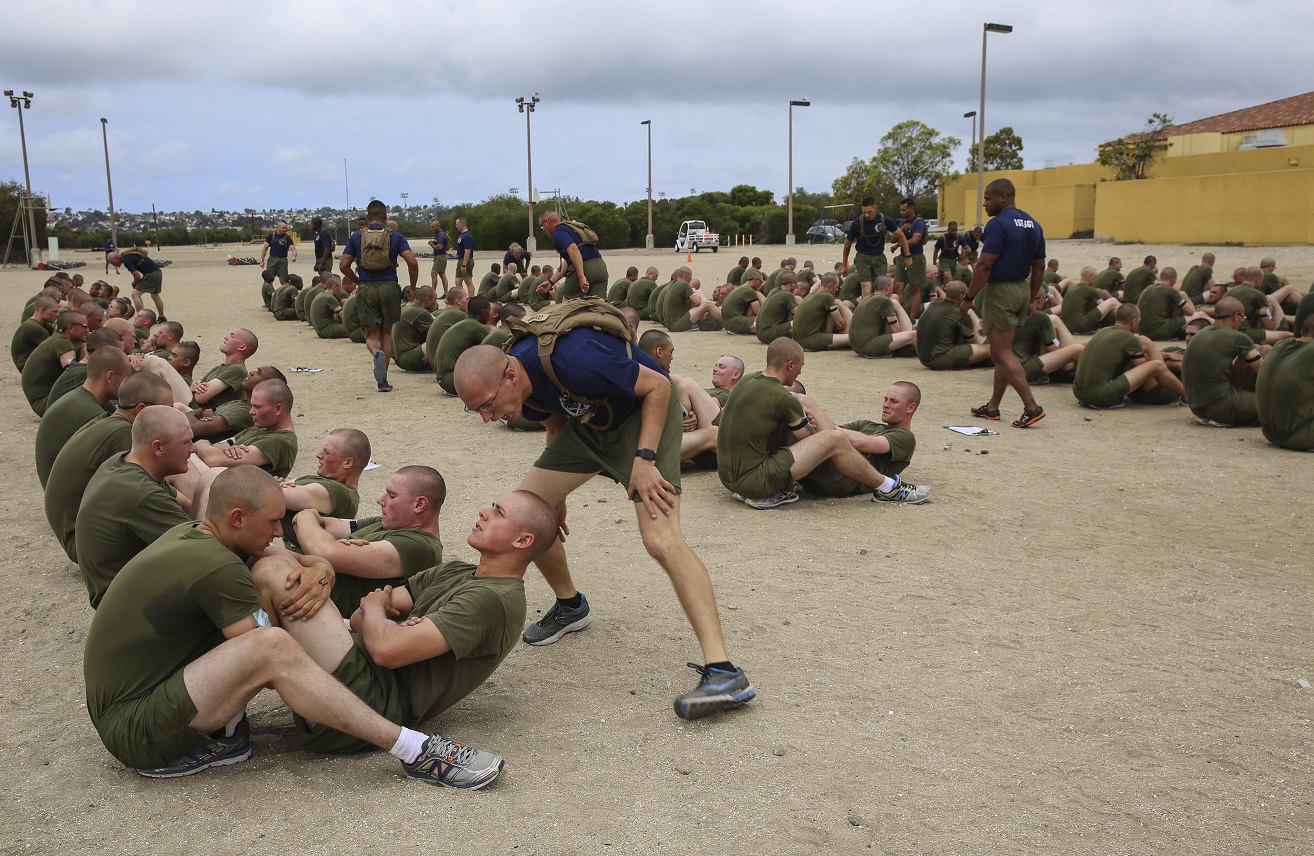


Hello, where can I find the Indonesia camouflage uniform?